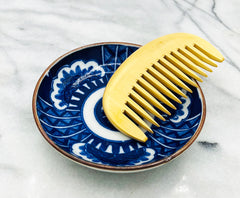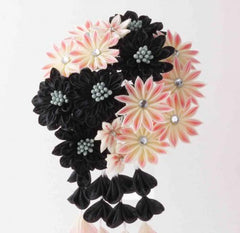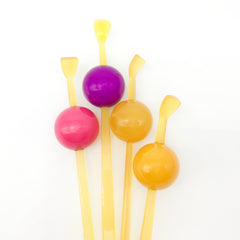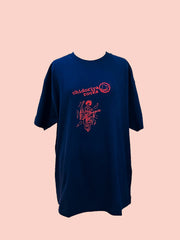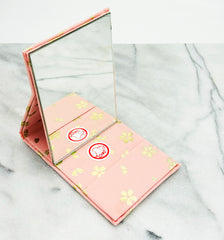
This particular Maiko Hana kanzashi hair stick, originating from Kyoto, Japan, is one of our most beloved pieces. It's versatile and adds beauty to hair of any color. The "HABUTAE" manufacturing process involves "dying" the fabric with vivid shades for the Shichigosan ("seven-five-three" festival) and more subtle hues for adults. In the next step, "Hake" brushes are used to apply a glue-water mixture to the dried material, a process called "Norihiki," which prepares the fabric for kanzashi making. It takes around 12 hours to dry and must be done in optimal weather conditions to prevent sun damage. Once the fabric is dried and folded, it is cut into small squares and folded using a tweezer in a process called "Tsumami." The finished folded pieces are then carefully placed onto a wooden board and arranged into flowers, leaves, and butterflies, a process known as "Fuku." This stage
アイボリーホワイト色の美しい花かんざしです。 ひとひら、ひとひら。シルクの花弁をピンセットでつまみながら造作していく「つまみかんざし」は、今から200年ほど昔の江戸時代に生まれました。豊国や清峯の浮世絵にも描かれています。
MATERIALS
100% Silk flowers + Metal legs attached
SIZE: Length 170mm、FLOWER DIAMETER 230mm
Handmade in Japan
HOW TO USE
Enjoy! Please share your photo on our FB or IG!










